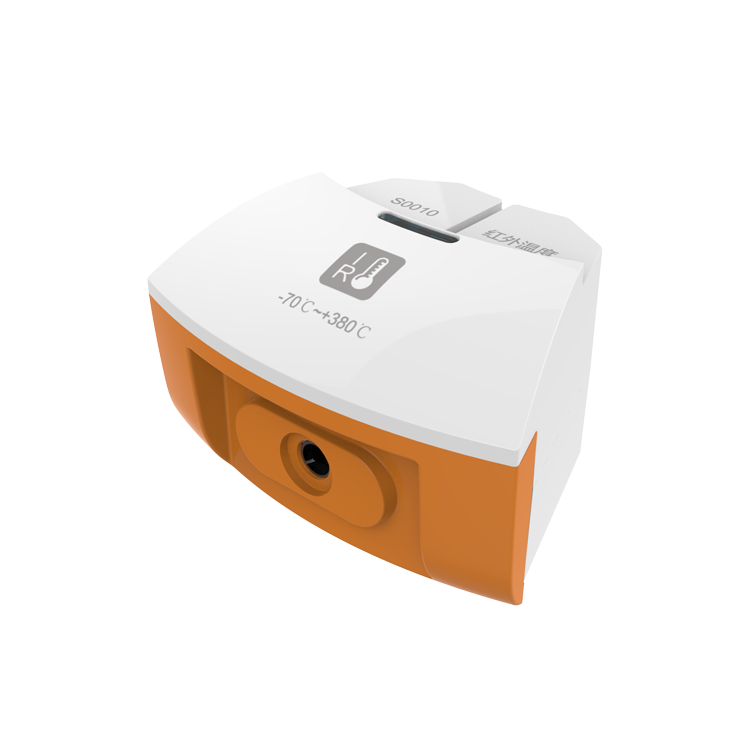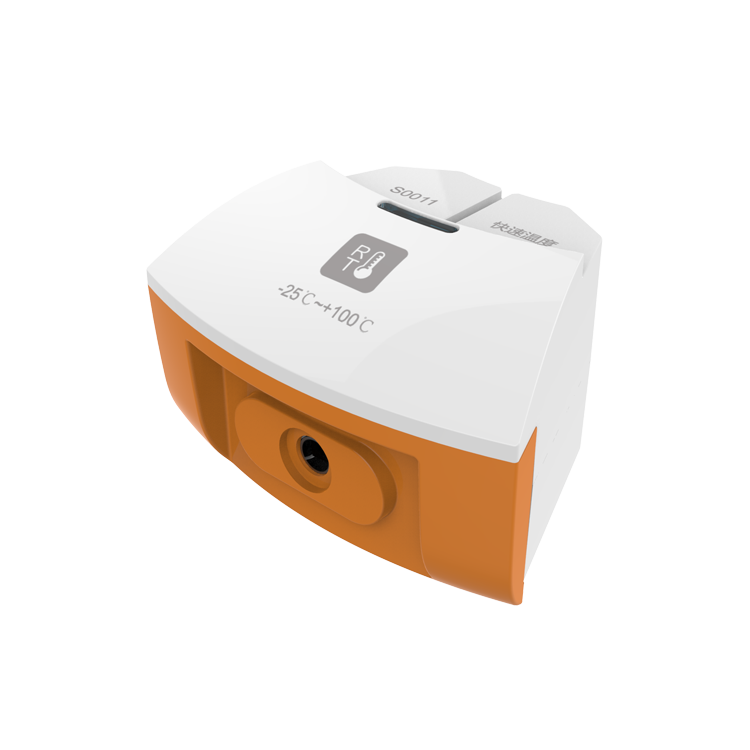Introduction
♦ The sensor is designed with ion selective electrode. It is a kind of electrochemistry sensor which measures ion activity and concentration in solution using membrane potential. When it touches the solution with ion to be measured, membrane potential will be generated between its membrane and solution. Ion selective electrode is also called membrane electrode. There is a layer of special electrode membrane on the electrode which response to specific ion. The relationship between potential of electrode membrane and ion to be measured compliance with Nernst formula. The circuit of sensor converts potential to analog signal.
Usage
♦ Connect Sodium Ion Sensor to any port in SenseDisc.
♦ Connect electrode to Sodium Ion Sensor.
♦ Immerse the electrode into solution to collect data.
♦ Rinse the electrode using distilled water after measuring. Dry the electrode using filter paper. Cover the electrode and preserve it in bag.
Notes
♦ H+, K+ and NH4+ are able to interrupt the electrode. Be careful when measuring.
♦ Use 0.2mol/L diisopropylamine to adjust the pH value of solution to 10. It can prevent the interruption from H+.
♦ If it is left unused for a long time and electrode can not touch internal solution, you should swing the electrode so that internal solution flows back to top of electrode. Immerse the electrode in solution with pNa=4 for more than 8h.
♦ Immerse the electrode completely in the solution to be measured during measuring.
♦ Keep the electrode wire and insulation part clean and dry.
Typical experiment
Typical experiment
♦ Detect concentration of Sodium Ion in saline solution.




